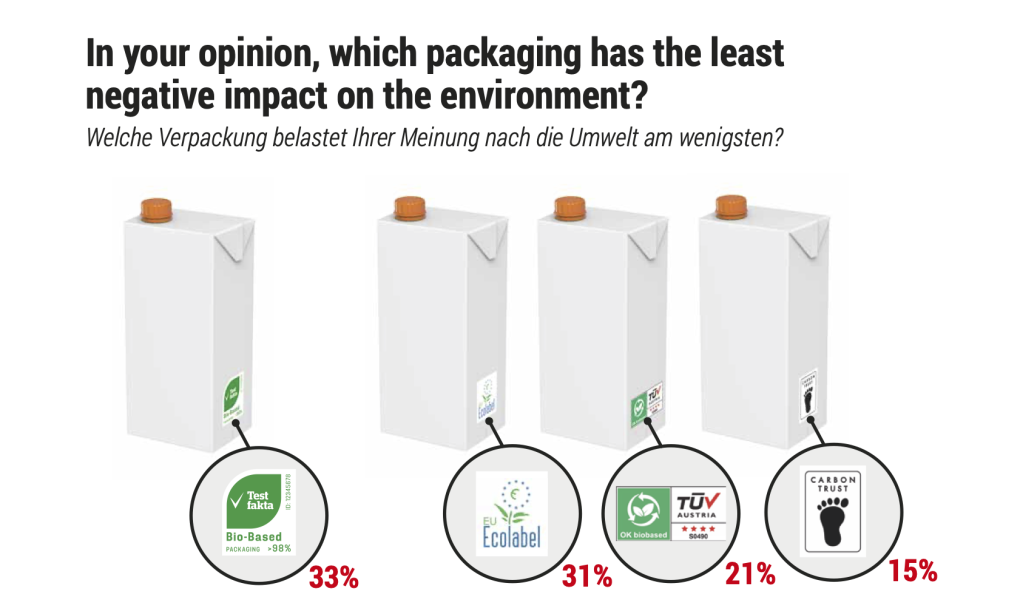Despite the fact that Testfakta Bio-based is the most recent and least known certification, it was highest ranked in the question as to which of the labelled products would have the least negative impact on the environment.
The Testfakta Bio-based certification scheme not only follows the latest EU recommendations for Green labeling and is therefore future-safe, but also seems easier for the consumer to understand compared to other, more abstract, certifications.
Our Bio-based certification tests
The purpose of a Testfakta bio-based certification is to show the product's and/or packaging's content of renewable material. The certification is done in collaboration with state-owned RISE (Research Institutes of Sweden) and follows current EU recommendations for calculation and communication of bio-based content (EN 16935 for B2C, EN 16848 for B2B).
We start with a pilot study, where we determine the threshold value for the product (minimum level for certification), examine the product's material composition, and investigate the necessary sample preparation prior to the carbon-14 analysis. Next, we calculate the product's biomass in relation to total mass, by carbon-14 analysis of the proportion of organic, bio-based carbon in relation to the total carbon content. If the product meets the requirements for certification, we sign an agreement where the client pays a fee for licensing rights and communication.

